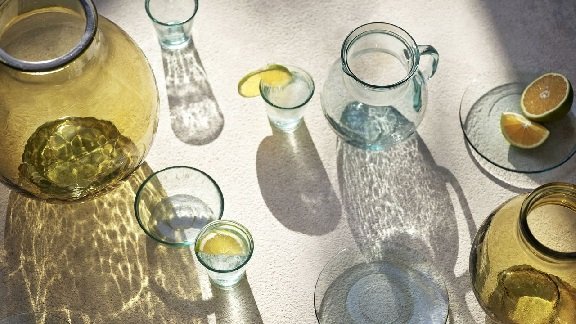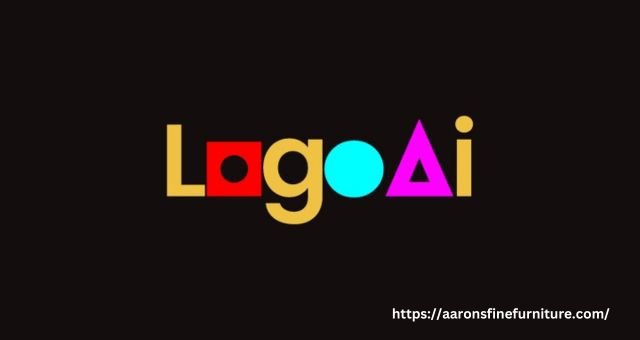Porcelain tableware used for dining has been a symbol of refinement and elegance for several years across the world. People use porcelain products for better presentation and convenience of serving. Thus, the wide applications of these products in luxury hotels, homes, restaurants, and other hospitality providers are projected to offer major revenue growth opportunities to the market. The following article revolves around the future prospects, trends, and evolvements in the porcelain tableware market.
Ongoing Market Trends
- Diverse designs and versatility
Porcelain dining products are available in various designs based on different traditions, patterns, styles, and colors. Some different forms of tableware are plates, cups, bowls, and cutlery that not only offer easy serving and eating but also provide aesthetic appeal based on their patterns and appearance. They are suitable for every occasion, such as minimal everyday breakfast or lunch, a fine evening dinner setup, and a family & friends’ get-together.
- Online purchases
The presence of several market players offering online shopping services across the globe facilitates people to buy from a wide range of options. Customers can choose from exquisite designs and pattern collections as per their preference at their own convenience. In addition, the presence of significant offers & discounts, return policies, and simple payment options attract a considerable number of customers to shop online.
On March 6, 2023, Villeroy & Boch, a leading brand of ceramic and porcelain products, launched a novel digital service for professional traders, called the pricelist app. The service helps in gaining information about lifestyle and dining range, prices, and product details on different devices such as laptops, personal computers, and smartphones.
- Sustainability
As porcelain tableware is made of various materials including kaolin, which is a kind of clay, thus zero waste is produced when it is damaged or broken. It is a non-harming material to the environment and does not release any toxic gas into the atmosphere. Moreover, as porcelain products are durable, it directly implies longevity and sustainability and reduces the frequent buying of dinnerware.
- Innovative materials
Exploring new materials results in product innovation, which is further anticipated to help surge the demand for porcelain dining products. However, with rising sustainability concerns, key market players are now focusing on manufacturing biodegradable kitchenware from renewable sources. This in turn helps in reducing environmental degradation.
On March 3, 2022, RAK Porcelain, the only high alumina ivory porcelain and white porcelain dinnerware manufacturer, introduced its Bone China Collection, named “Le Ballet”, which is inspired by the grace and finesse of ballet. The products have a translucent appearance, with lightweight and sturdy bodies.
- Customizations
Numerous families and individuals are renovating their kitchens; thus, they demand stylish and customizable porcelain kitchenware as it is easy to clean and is suitable to include in home decor. Additionally, the rising number of modular kitchens based on specific themes such as minimal, floral, and colorful, gives rise to the customization trends in the porcelain tableware market.
Summing Up
By the above information, we can conclude that porcelain with contemporary and traditional styles blend, directly attract a large base of customers from different theme interests. Additionally, people seeking sustainable and quality products motivate key players to produce signature products, which is further expected to propel the market. The porcelain tableware market size was USD 2.87 billion in 2022 and is anticipated to reach USD 4.58 billion by 2031, with a CAGR of 5.3%. Moreover, the ability of porcelain products to grace a conventional food table with stylish looks and enhance an everyday comfortable meal further fuels the global market.

















